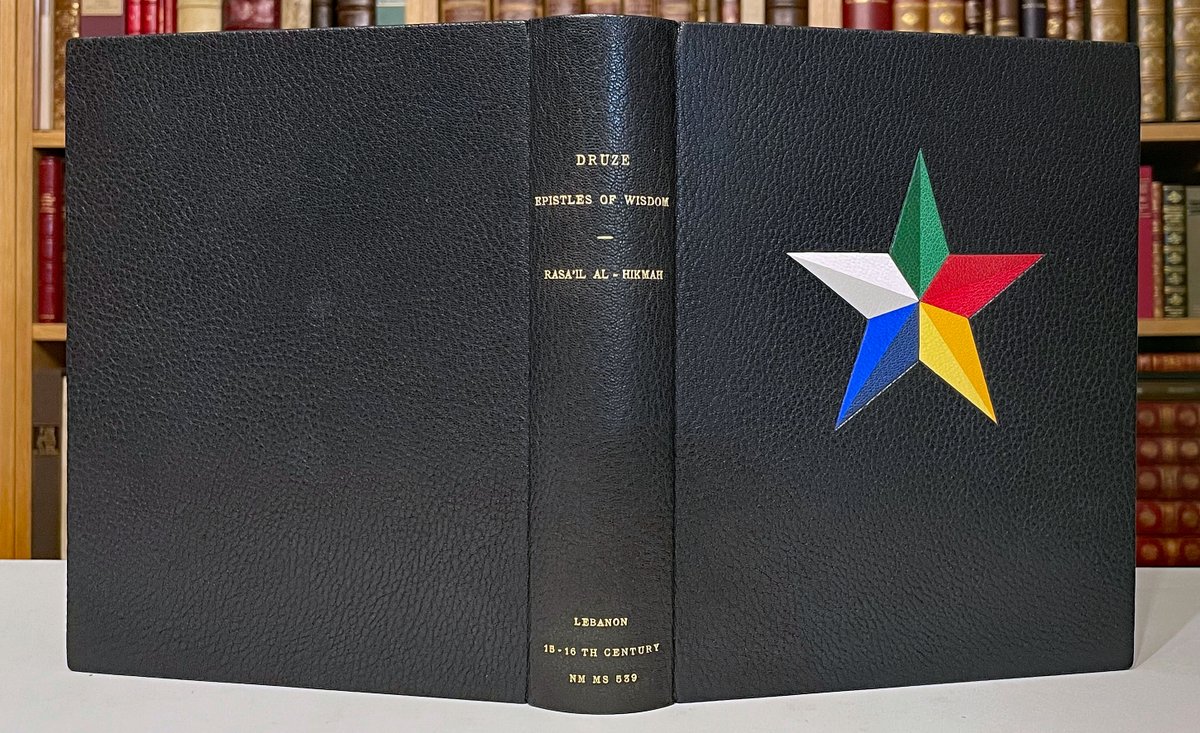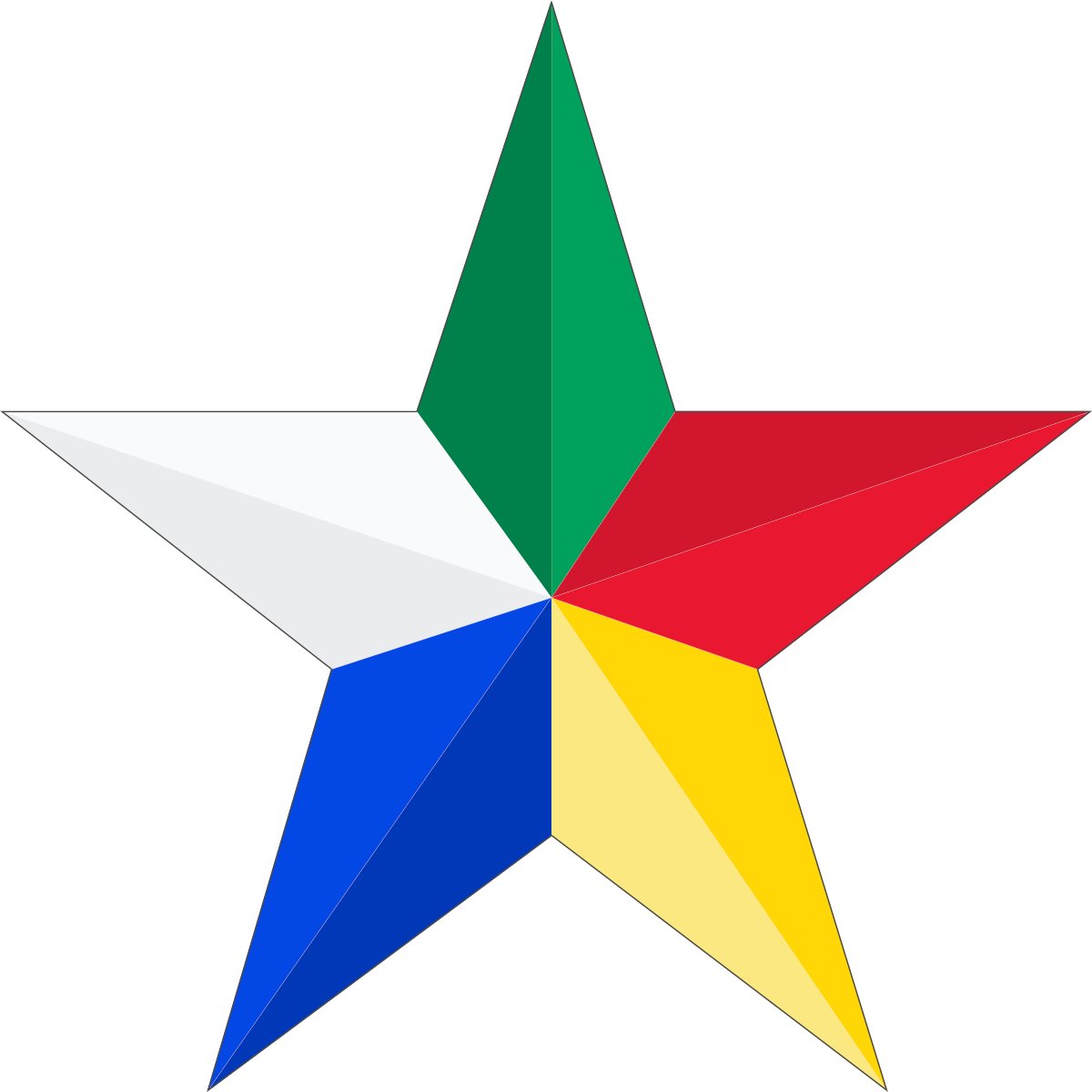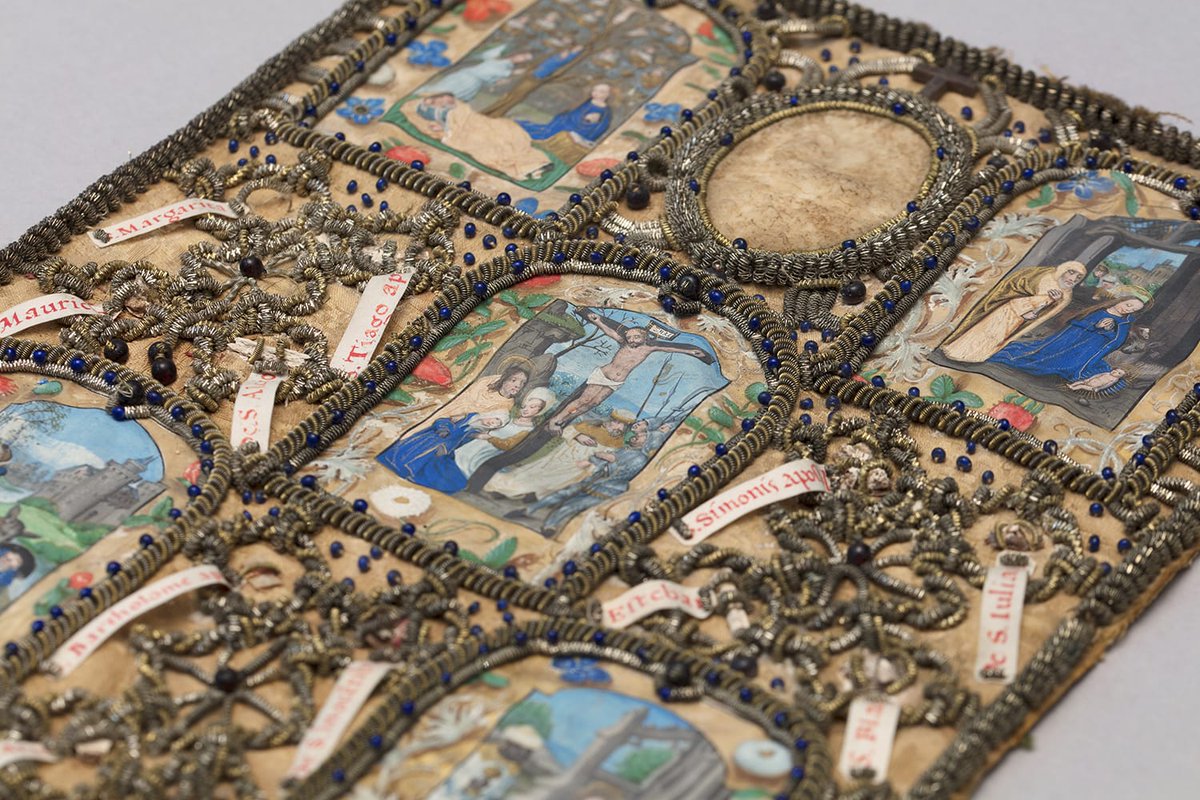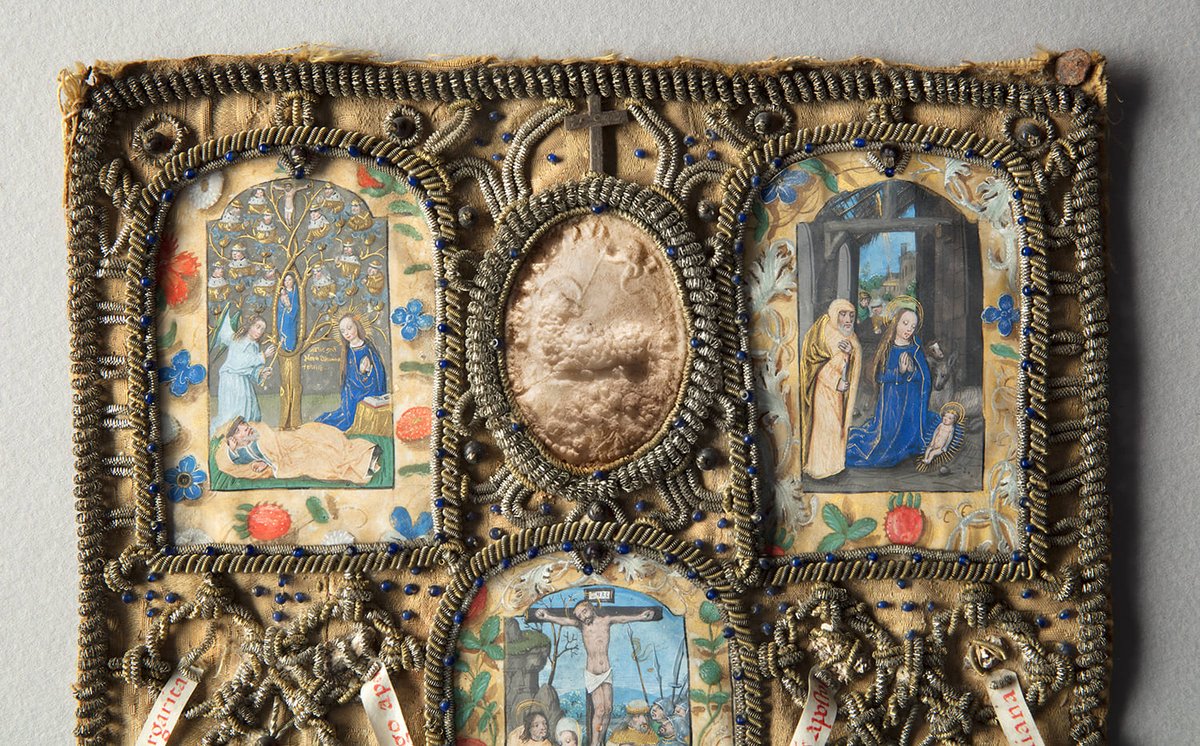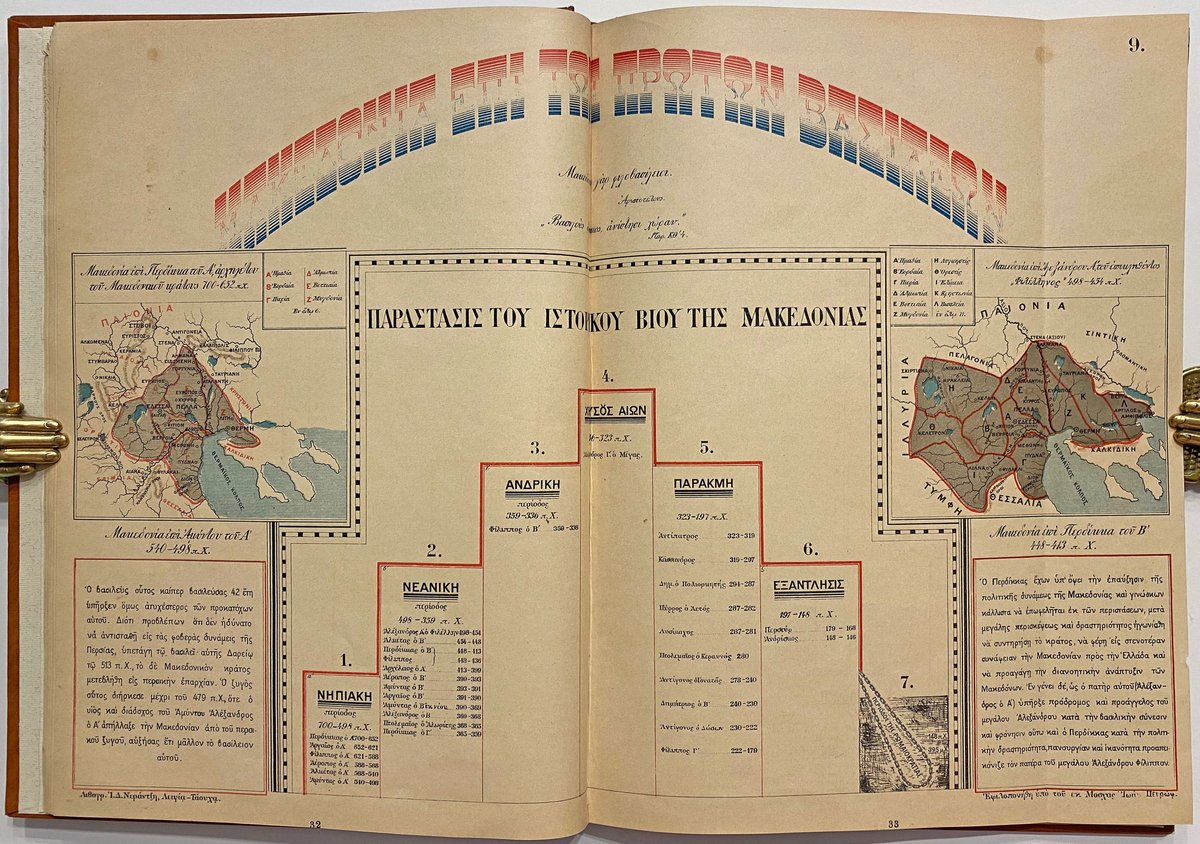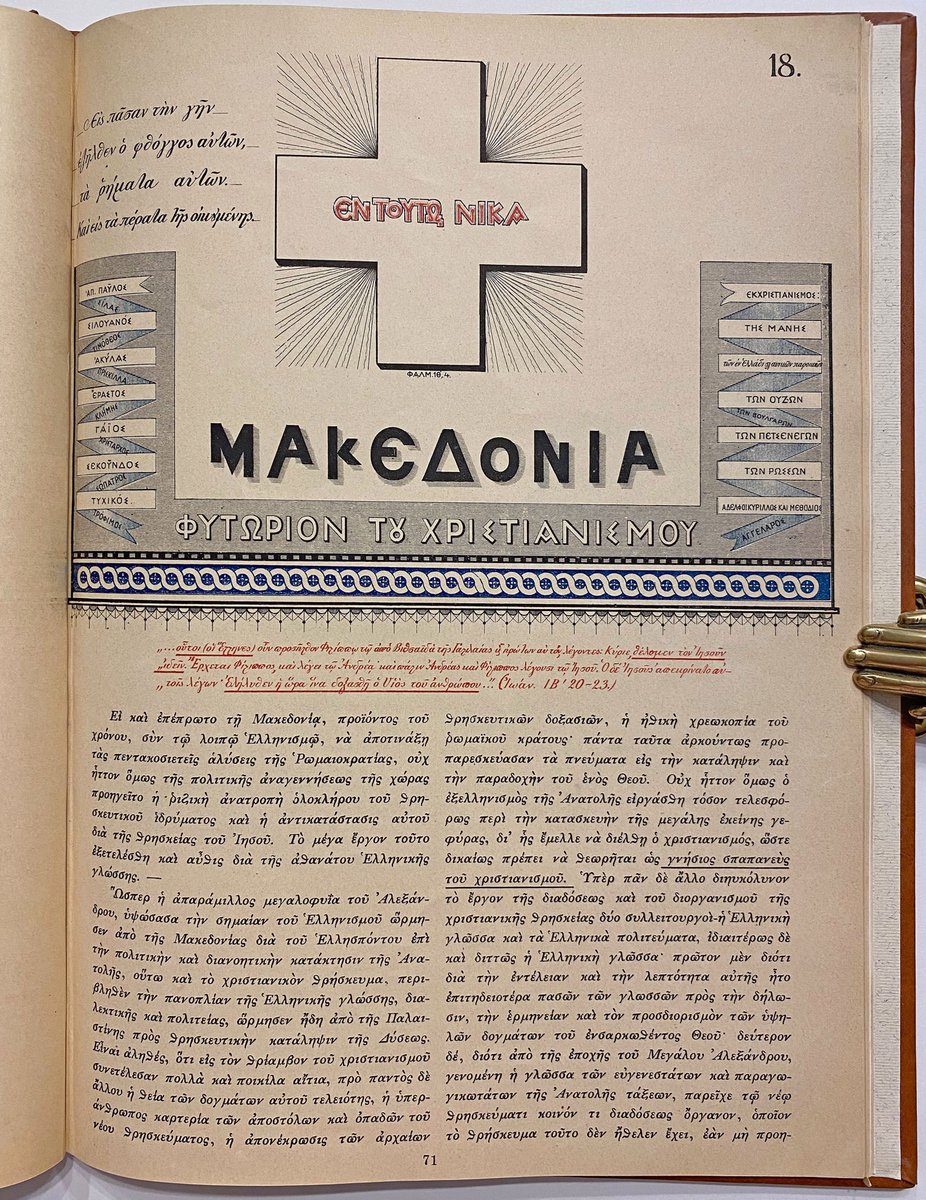
Everything the @BeineckeLibrary does is usually so impressive, but I find their "Global Books" initiative jarring. It feels like they are positioning "Global Books" as an interesting curiosity, as opposed to the main event, Western books and mss. 1/
beinecke.library.yale.edu/collections/hi…
beinecke.library.yale.edu/collections/hi…
Major institutional libraries should be looking at books in the first place as a cross-cultural global phenomenon, of which Western books are just a subset - and in many eras a smaller and much less important subset than books from other geographic regions and cultures. 2/
None of this is criticism in any way of the PhD-candidate student who has been handed a job that should have been done at the very top institutional level.
The @BeineckeLibrary page at the moment though is basically hey look at these weird cool sorta "books" some brown people and Jews made...
The @IULillyLibrary called their seminal exhibition (and catalogue) of Asian and South American printing "Exotic Printing", but that was in 1972, fifty years ago. For a major library to now represent the book culture of most of the globe as "the other", feels very wrong in 2021.
• • •
Missing some Tweet in this thread? You can try to
force a refresh



